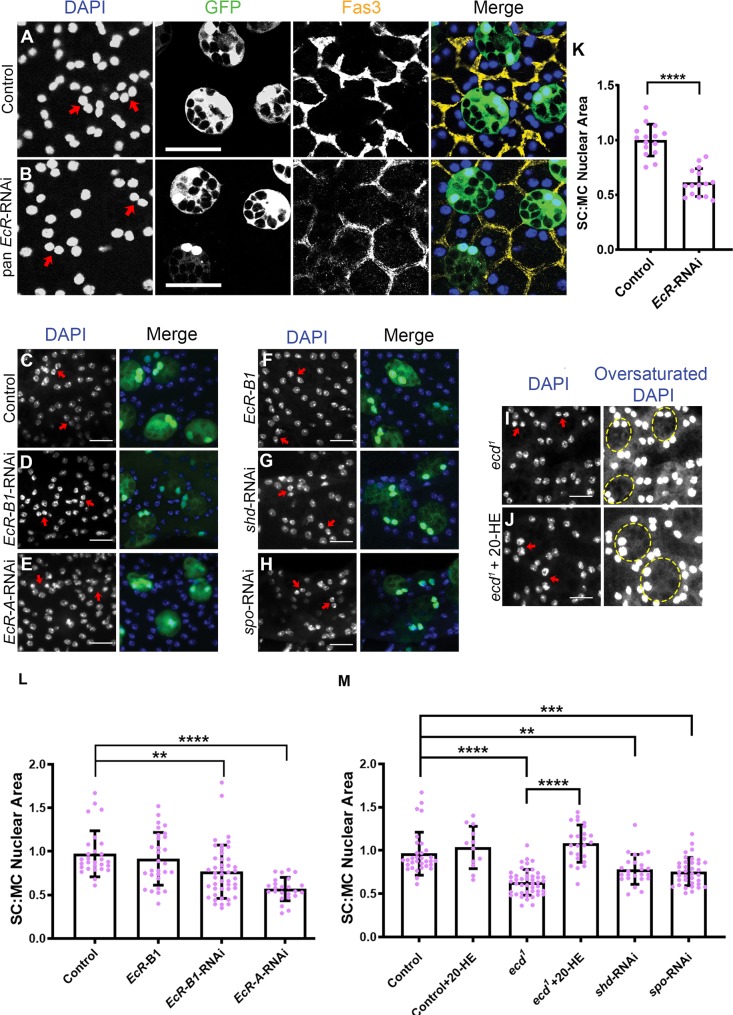Fig 2. Ecdysone and the EcR are required to promote SC nuclear growth in virgin males.
(A-J) Dissected AGs from 6-day-old virgin males were stained with DAPI (blue nuclei) and, in some cases (A and B), with an antibody against Fas3 to label the apical outlines of SCs and neighbouring MCs (yellow). Selected SC nuclei are marked with red arrows, and in (A-H), express GFP and other transgenes under esgtsF/O control. In ecd1 flies, SCs are recognised by their characteristic vacuolar morphology; selected SCs are highlighted by dashed circles (I and J). (A-E) RNAi knockdown of EcR expression in SCs with a pan-EcR-RNAi (B), EcR-B1-RNAi (D), or EcR-A-RNAi (E) significantly restricts growth of SC nuclei compared with control glands expressing GFP only (A and C). (F) Overexpression of EcR-B1 in SCs has no effect on SC nuclear size. (G, H) SCs expressing RNAis targeting the ecdysone synthesis genes shd (G) and spo (H) have smaller nuclei. (I, J) The SC nuclei of the temperature-sensitive ecd1 mutant are significantly smaller than control glands when adult virgin males are maintained at 28.5°C (I), which blocks ecd function, but not when these flies are fed with 20-HE (J). (K-M) Histograms showing size of SC nuclei relative to MC nuclei in AGs in which SCs express different transgenes and in ecd1 mutant males. Significance was assessed by an unpaired t test (K), Kruskal-Wallis test with Dunn’s multiple-comparison test (L), or one-way ANOVA with Sidak’s multiple-comparison test (M). *p < 0.05, **p < 0.01, ***p < 0.001, ****p < 0.0001, n = 15 (K), n ≥ 24 (L, M). Scale bars, 50 μm (A, B), 20 μm (C-J). Underlying data for this figure can be found in S1 Data. 20-HE, 20-hydroxyecdysone; AG, accessory gland; ecd, ecdysoneless; EcR, ecdysone receptor; esg, escargot; esgtsF/O, the yeast transcription factor GAL4 expressed under the control of the promoter of the gene esg in a temperature-dependent fashion; Fas3, Fasciclin3; GFP, green fluorescent protein; MC, main cell; RNAi, RNA interference; SC, secondary cell; shd, shade; spo, spook.

